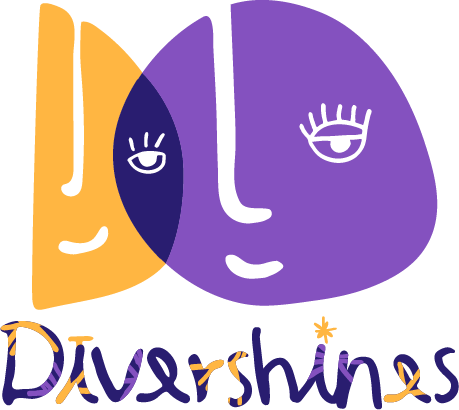PERSON WITH AUTISM OR AUTISTIC PERSON?

When it comes to discussing autism, there is often debate over the language used to describe individuals on the spectrum. Some people prefer to be referred to as “autistic,” while others prefer the phrase “person with autism.” So which one is correct? The truth is, there is no one-size-fits-all answer.
The way we talk about autism can have a significant impact on how people on the autism spectrum are perceived and treated. That’s why it’s important to understand the difference between identity-first language and person-first language.

Person-first language is when you put the person before the condition. For example, saying “person with autism” instead of “autistic person.” The idea behind this language is to emphasize that the person is more than just their diagnosis.
Identity-first language, on the other hand, puts the condition first. This language acknowledges that being autistic is an inherent part of a person’s identity. For example, saying “autistic person” instead of “person with autism.”
So, which one is better? The answer is that it depends on who you ask. Some people on the autism spectrum prefer identity-first language because it acknowledges their autism as an integral part of who they are. Others prefer person-first language because it separates their identity from their condition.
It’s important to note that there is no one-size-fits-all answer when it comes to language and autism. What’s most important is to listen to and respect the preferences of the individual you are speaking with.

In addition to understanding the difference between identity-first and person-first language, it’s also important to be aware of other languages that can be harmful or offensive to people on the autism spectrum. For example, using terms like “high-functioning” or “low-functioning” can be stigmatizing and oversimplify the complexity of autism.
In conclusion, language plays a crucial role in how we talk about and understand autism. By being mindful of our language choices and listening to the preferences of individuals on the autism spectrum, we can create a more inclusive and respectful society for all.


